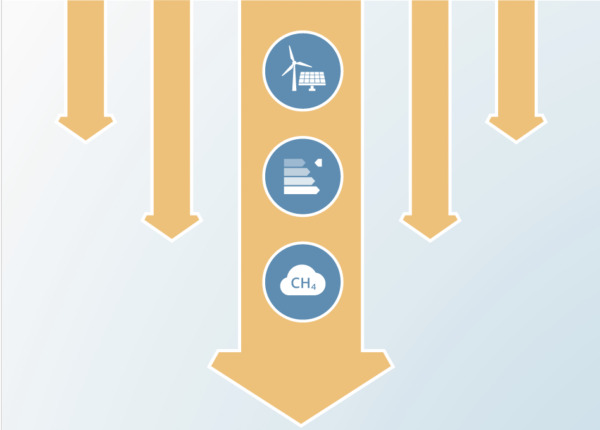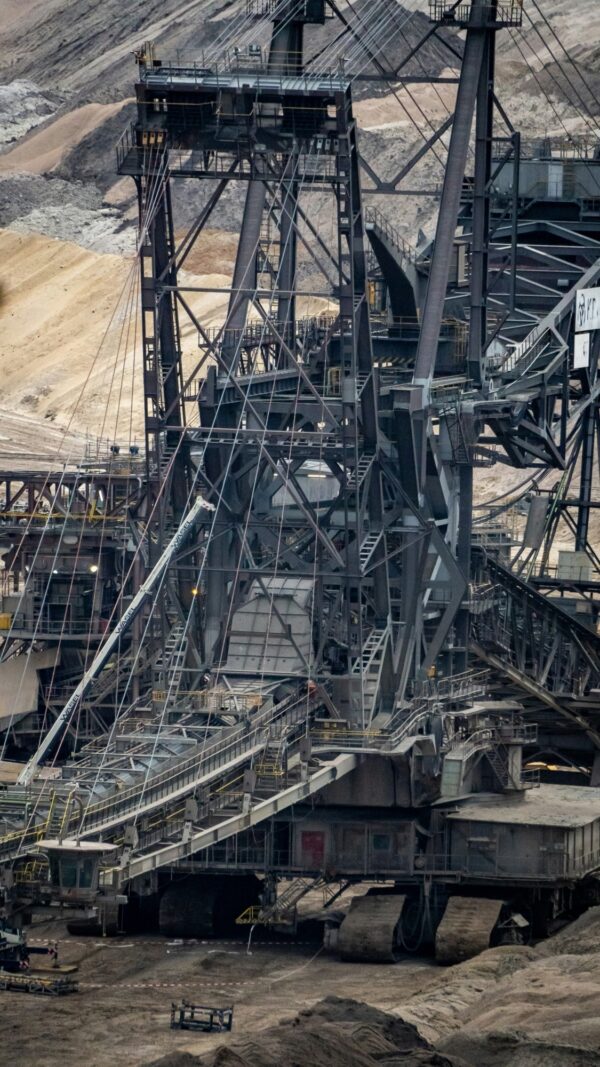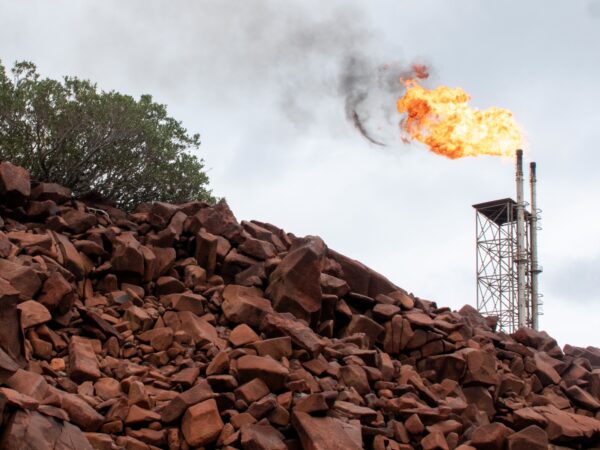What has the Paris Agreement done for us?
Authors
Share

Ten years on, the Paris Agreement is working, but not nearly fast enough. Since 2015 it has become the essential organising framework for global climate action: uniting countries behind the 1.5°C temperature limit and net-zero goals, reshaping science and policy, helping mobilise climate finance and clean-technology investment, and driving national reforms that otherwise would not have happened. If the Agreement did not exist, we would need to create it.
The heart of Paris is the 1.5°C limit, and under the Agreement, progress has occurred. Countries have moved from a patchwork of targets to economy-wide, absolute emission-reduction goals, and projected 21st-century emissions under both current policies and targets have fallen markedly since 2015. Policies now in place point to a possible global emissions peak before 2030. As a result, expected warming by 2100 has dropped by nearly one full degree – from ~3.6°C pre-Paris to ~2.7°C under current policies – with an optimistic pathway near ~1.9°C if all pledges, including net-zero promises, are fully met.
Yet ambition lags. Under current policies, the world is headed toward about 2.7°C of warming this century, with disastrous consequences for ecosystems, economies and vulnerable communities. All analyses ahead of COP30 show a large gap between current pledges and the Agreement’s 1.5°C temperature limit. This is not a failure of the Agreement’s design; it is a failure of collective ambition to match its aims.
Insufficient short-term action since 2015 has likely added about 0.1°C of warming and has made limiting warming to 1.5°C without some overshoot increasingly unlikely. Scientific understanding – catalysed in part by Paris – now shows far larger differences in risks and impacts between 1.5°C, 2°C and higher warming. People are already experiencing severe impacts. Lowering mid- to late-century warming by roughly 1°C reduces future heat, water stress, sea-level rise, biodiversity loss and tipping-point risks; however, unless the near-term warming rate is cut rapidly through large emission reductions, impacts will remain severe for many.
Because global emissions did not peak in the past decade, a temporary overshoot of 1.5°C is now very likely. Overshoot means briefly exceeding 1.5°C before returning below it; what matters is how high it goes and how long it lasts. The priority must be to keep peak warming as close as possible to 1.5°C to minimise the magnitude of overshoot and reduce its duration by reaching net-zero CO₂ around 2050 and net-zero greenhouse gases in the 2060s so that warming peaks near 1.5°C mid-century and falls below 1.5°C before 2100. Every 0.1°C increment escalates risk, including the likelihood of crossing tipping points, especially for the most vulnerable.
Paris has mobilised action beyond national governments. International bodies are translating the temperature goal into rules and standards; courts are clarifying duties and consequences; major political groupings are institutionalising Paris-aligned aims; and subnational actors and civil society are advancing where national pace lags.
Finance has improved but remains below need for a just transition. The Agreement established a loss and damage mechanism and funding arrangements – an essential step for vulnerable countries – that are not yet fully operational or funded. Governments must accelerate economic transformation and support those without the capacity to do so. The Paris Agreement has helped drive the switch from fossil fuel investment that was dominant 10 years ago to the point that clean tech investment exceeds fossil fuel investment now - but once again, progress has not been fast enough.
Unfortunately, fossil fuel interests continue to fight against planetary policy at scale. Although Parties agreed in 2023 to begin to transition away from fossil fuels, exporting countries still scramble to approve new oil and gas developments which will undermine the ability of the world to limit warming to 1.5° – and if unchecked, will push the world towards at least 2.5° warming. Warning lights are flashing: emissions are far from a 1.5°C trajectory.
The critical test for COP30 is whether Parties will confront rising emissions and close the ambition gap to align with 1.5°C. The Paris Agreement must rapidly build on its decision to transition away from fossil fuels: phase out fossil energy, transform productive systems while protecting nature, expand finance, and strengthen resilience. Delivering on these priorities will preserve Paris as the indispensable multilateral anchor of climate action and the catalyst for a just, durable transformation.











